1. Overwhelming Clutter Can Weigh You Down

Clutter isn’t just a mess—it’s mental noise. Studies show that cluttered spaces increase cortisol levels, the stress hormone. When your environment is disorganized, it can feel like your life is, too. Start small by tackling one area, like a drawer or a shelf. Donate or discard items you don’t use, and organize the rest. Open spaces with fewer objects can give you a sense of clarity and calm.
2. Lack of Natural Light
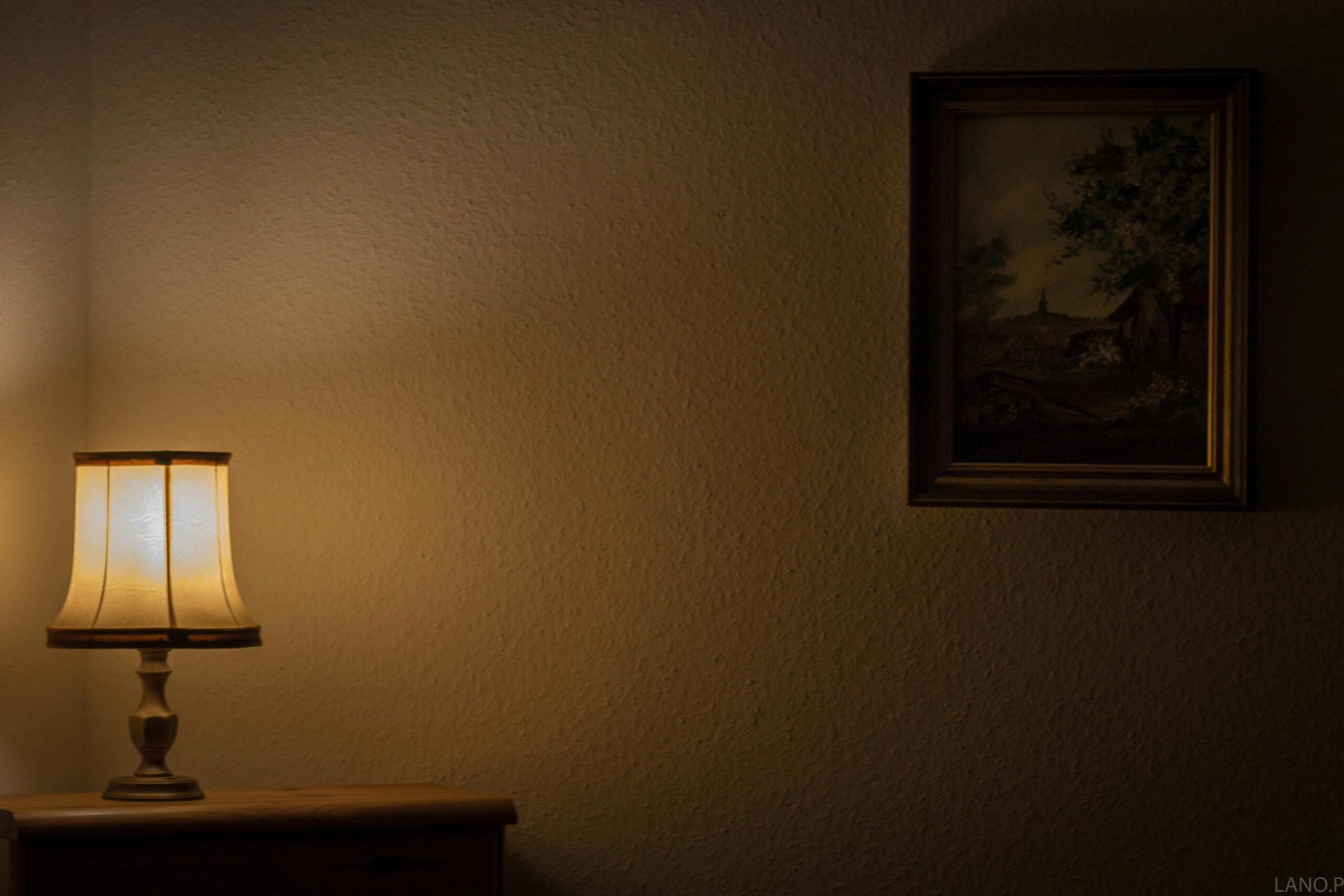
Natural light has a profound effect on our mood, helping to boost serotonin levels and regulate our internal clocks. A dark space can leave you feeling groggy or even depressed. If you can, move furniture to maximize the light coming through windows. Add mirrors to reflect light, or consider light-filtering blinds that let sunshine in without sacrificing privacy. If natural light isn’t an option, invest in daylight bulbs to mimic the sun’s glow.
3. Using Too Many Dark Colors
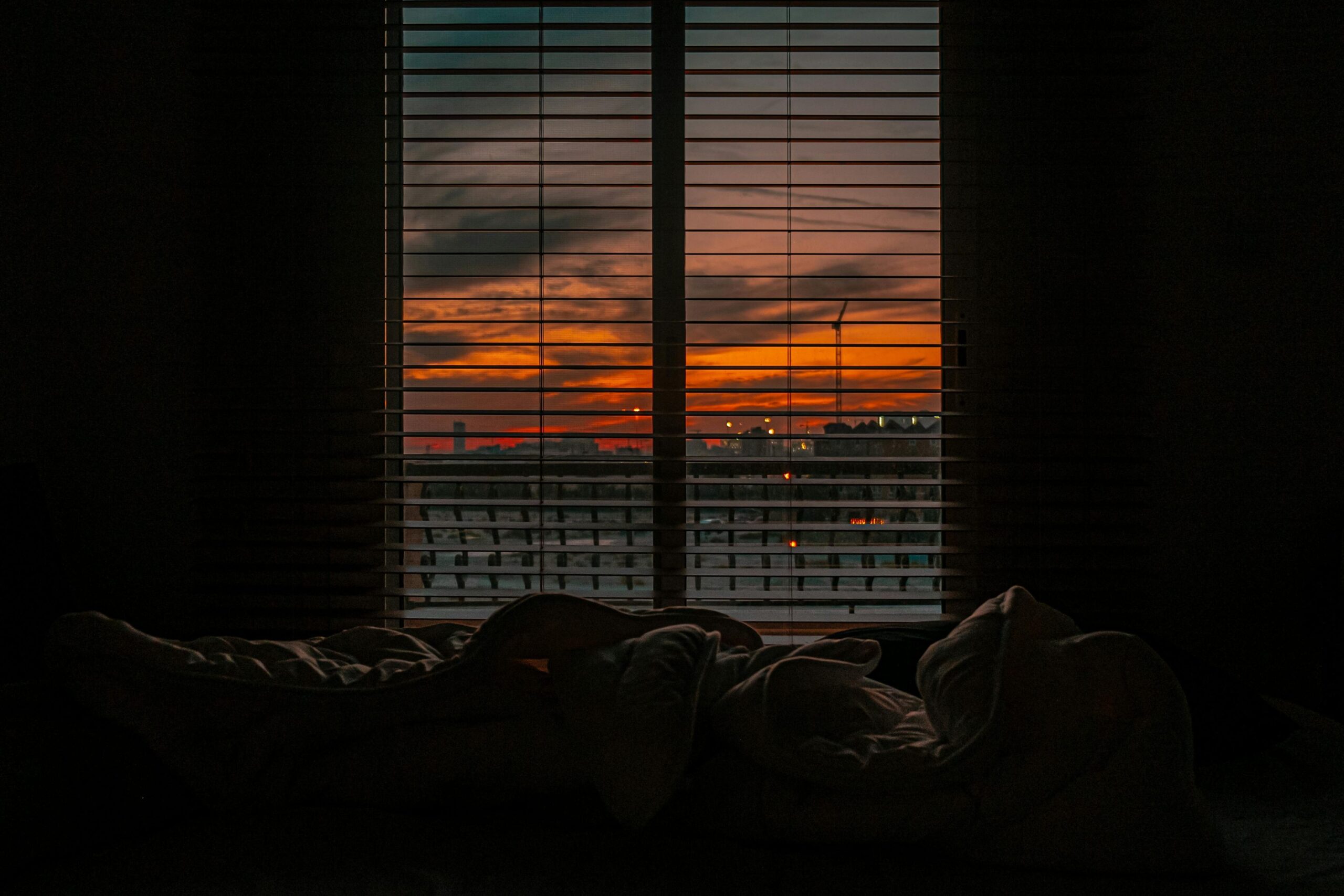
Dark walls or furniture can feel cozy, but too much darkness can lead to a sense of heaviness or even sadness. These tones absorb light, making spaces feel smaller and moodier. Balance them with soft neutrals, pastels, or bright pops of color. Add textiles like light-colored cushions or throws to bring contrast and energy into the room without completely redecorating.
4. Empty Walls That Feel Lonely
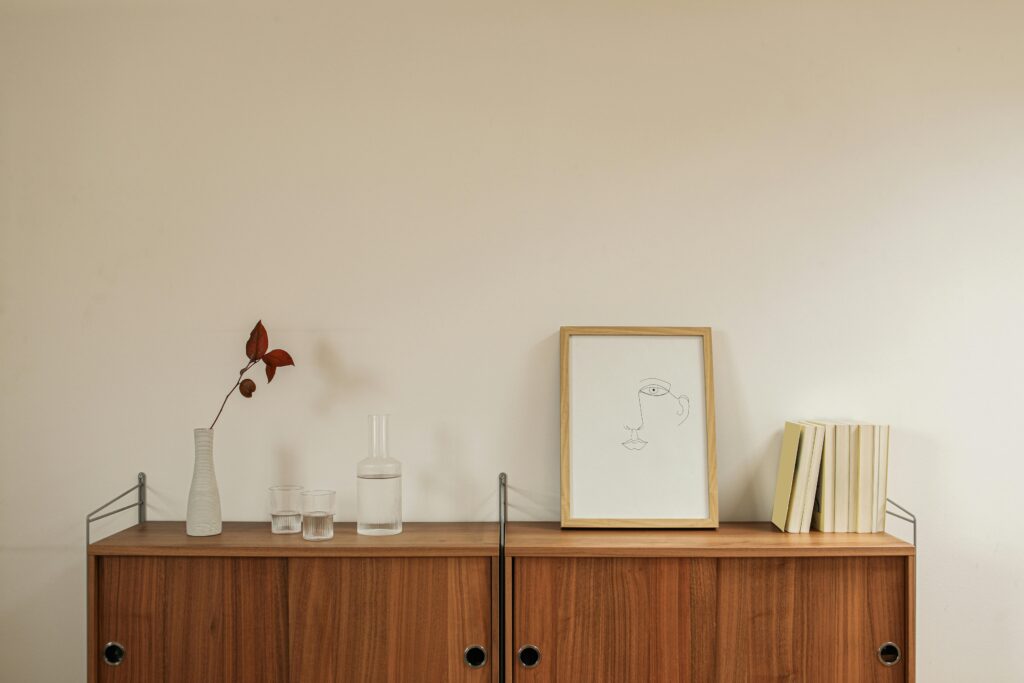
Staring at blank walls can make a space feel unfinished or even sad, like an empty canvas waiting for life. Your walls are an opportunity to express your personality and create a sense of warmth. Hang art that inspires you, photos of loved ones, or even a fun gallery wall. Floating shelves can hold small plants or mementos, turning empty walls into a source of comfort and happiness.
5. Overly Matchy-Matchy Decor

While coordination is good, overdoing it can make a space feel sterile or boring. Matching everything—from furniture to curtains to rugs—can strip your space of character. Instead, mix and match textures, patterns, and styles to add depth and personality. An eclectic approach, even in small doses, makes your home feel lived-in and inviting.
6. Ignoring Your Own Preferences
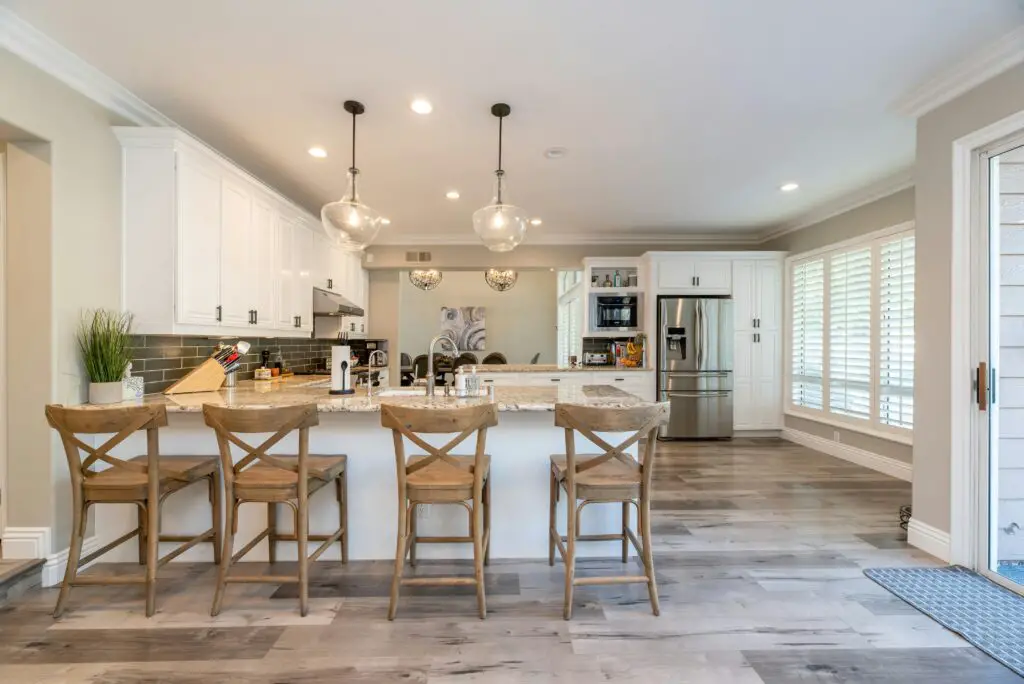
Your home should reflect you, not a magazine spread or a social media trend. Decorating based on trends or what others like can leave you feeling disconnected from your own space. If you love vibrant colors, display them. If minimalist neutrals make you happy, embrace them. Surround yourself with things that bring joy, even if they’re not “in.”
7. Too Many Decorative Items
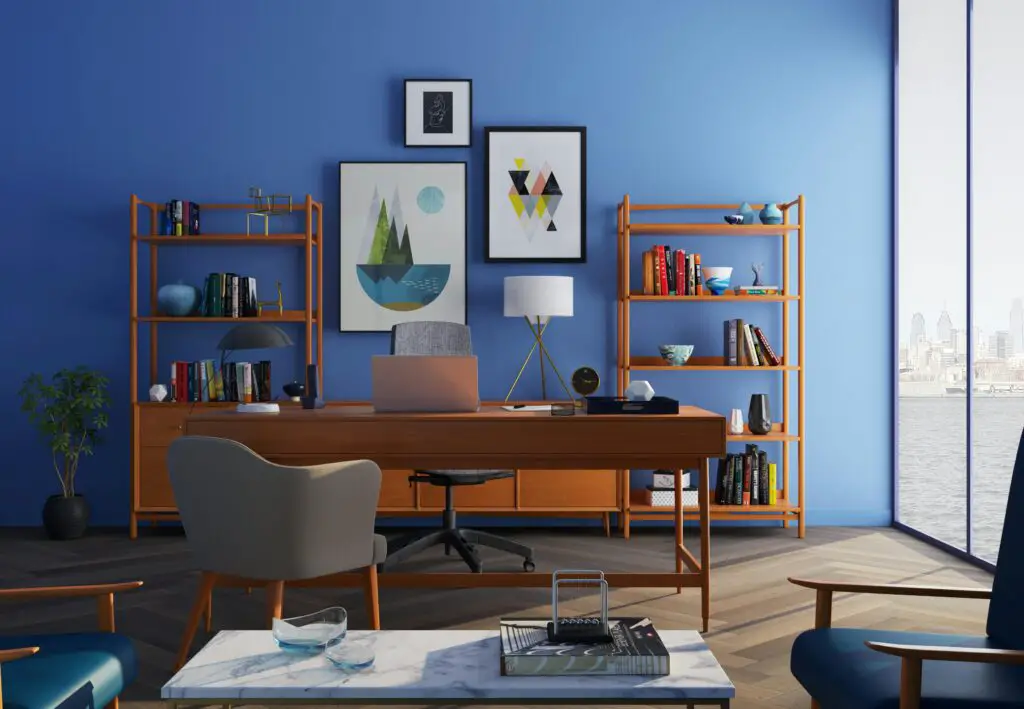
When every surface is covered with decor, it can feel more like a showroom than a home. Over-decorating creates visual clutter, which can overwhelm the mind. Choose fewer, higher-quality items that have personal meaning. Rotate pieces seasonally or as your mood changes to keep the space feeling fresh and intentional.
8. Neglecting Cozy Touches
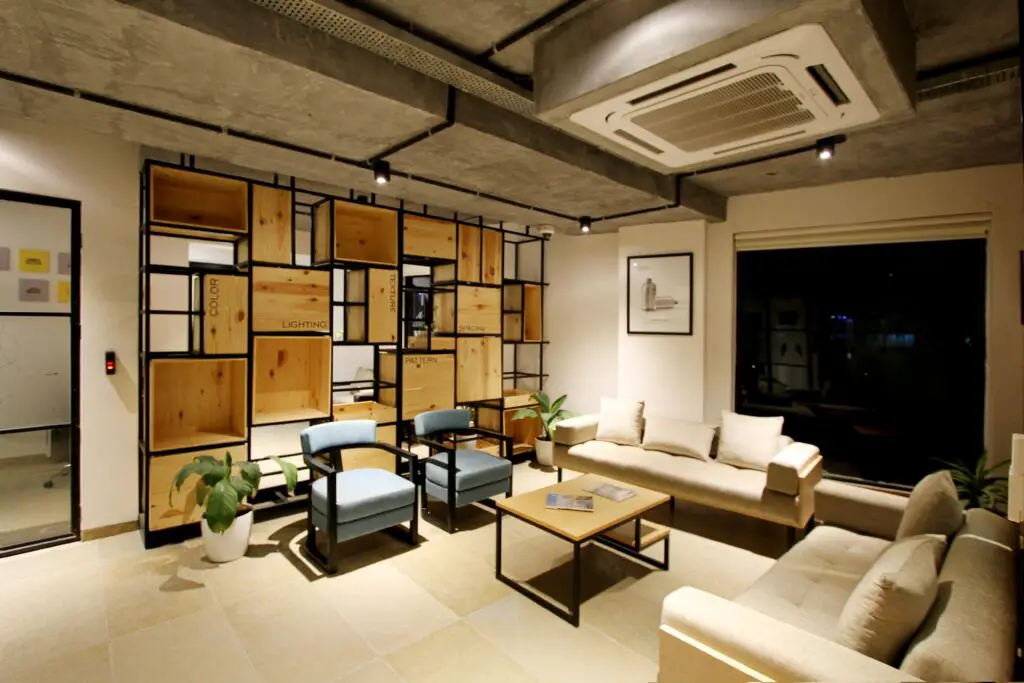
An overly minimal space can feel cold and uninviting. Soft textures and layers are what make a house feel like a home. Add a cozy throw to your couch, a soft area rug to your bedroom, or a stack of inviting pillows. Even small changes like adding a warm-toned lamp can make a space more welcoming and comforting.
9. Overpowering Artificial Lighting
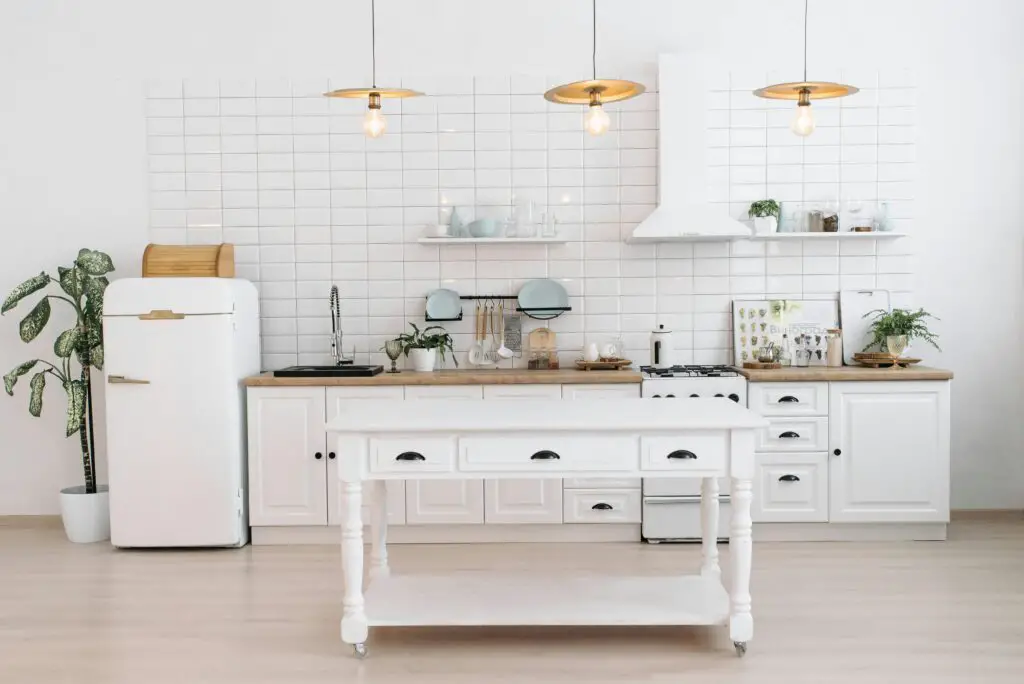
Bright, harsh lights can feel clinical, making it hard to relax. Fluorescent lighting, in particular, can create a stressful atmosphere. Opt for multiple light sources in a room, like floor lamps, table lamps, or wall sconces, to create layers of light. Warm, dimmable bulbs are perfect for setting a relaxing tone, especially in the evening.
10. Ignoring Nature’s Influence

Humans have an innate connection to nature, and incorporating natural elements into your home can reduce stress and promote relaxation. Add houseplants, which not only look great but also improve air quality. Wooden furniture, stone accents, or jute rugs can help create a grounded, serene environment that brings the outdoors in.
11. Not Prioritizing Comfort
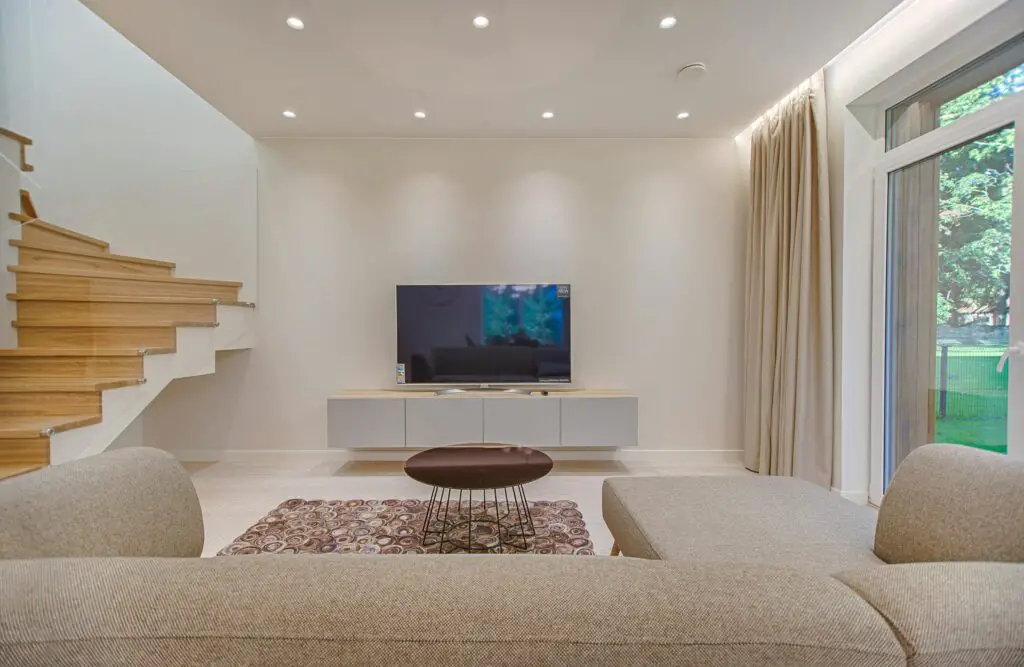
A stylish couch or chair that’s uncomfortable will only remind you of its flaws every time you use it. Function and comfort should come first. Invest in pieces that invite you to sink in and relax, like a plush armchair or a soft sofa. Test furniture before you buy it to ensure it feels as good as it looks.
12. Unorganized Functional Areas
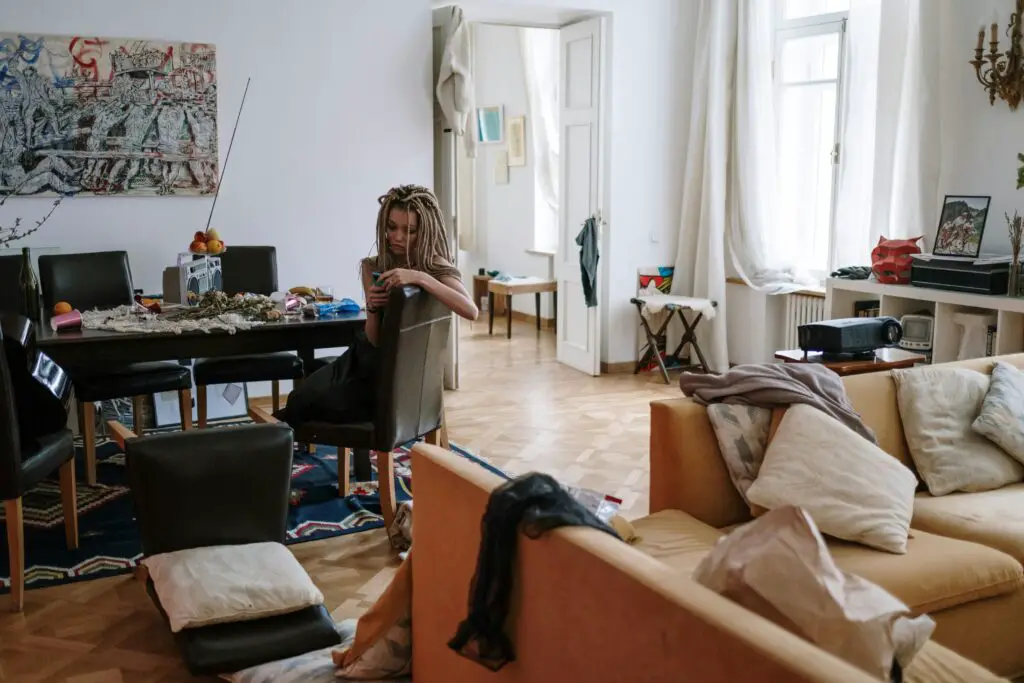
Messy areas like kitchens, home offices, or entryways can become sources of constant stress if they’re not organized. A cluttered entryway means frantic mornings searching for keys; a disorganized kitchen makes cooking feel like a chore. Use storage bins, hooks, and baskets to keep essentials tidy and within reach. These small steps can make everyday tasks smoother and less stressful.
13. Neglecting Personal Mementos

A home that lacks personal touches can feel cold and generic. Displaying personal items like family photos, souvenirs, or treasured heirlooms creates a sense of belonging. These items remind you of happy memories and the people you care about, providing emotional grounding and making your space uniquely yours.
14. Overcomplicating the Layout

Furniture that blocks pathways or creates awkward flow can make a room feel frustrating to navigate. Rearrange furniture to create clear, open walkways and logical groupings for activities like relaxing, dining, or working. This improves the flow of energy in a room, helping it feel open and stress-free.
15. Forgetting the Power of Scents
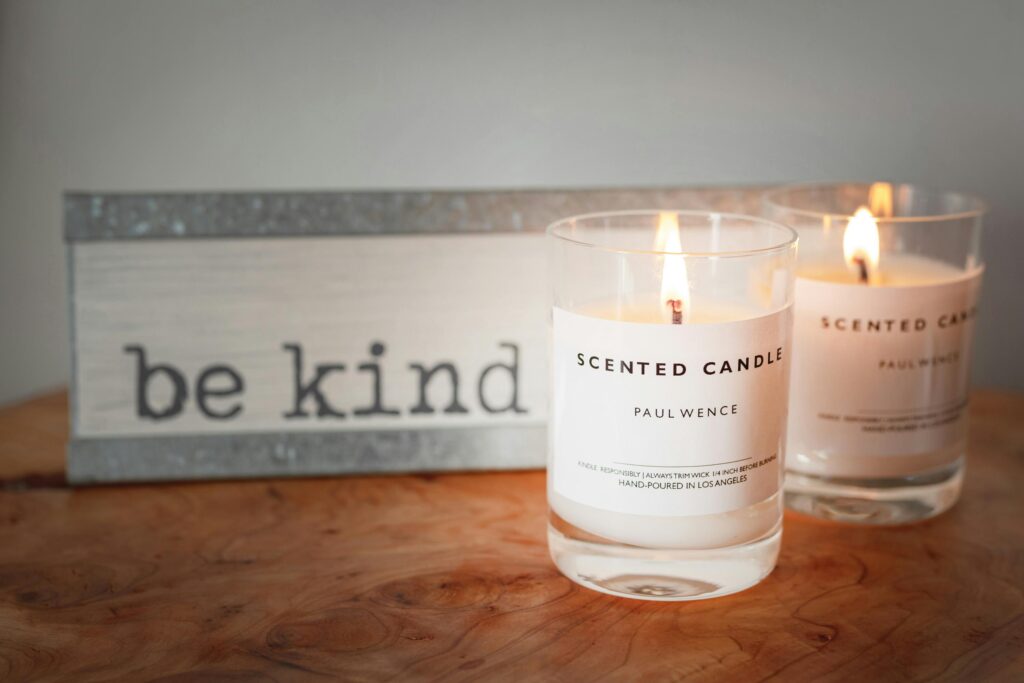
A pleasant-smelling home can instantly boost your mood, while stale or harsh scents can make you feel uneasy without you even realizing it. Light a candle, use an essential oil diffuser, or bake something aromatic like cookies to make your space smell inviting. Subtle, calming scents like lavender or vanilla can promote relaxation and lift your spirits.
